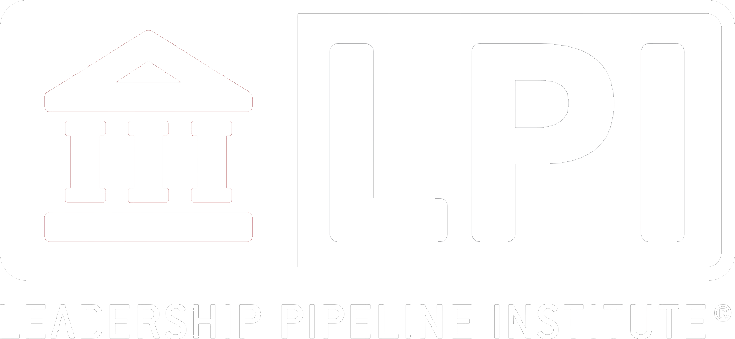
Change Management and Project Management: a Side-by-Side Comparison
The disciplines of change management and project management are both necessary when executing a project or initiative. Each discipline brings the critical structure needed for effectively implementing change and achieving the results you want. Yet, change management and project management must work together to achieve successful change. Doing so creates a unified value proposition, which sets the foundation for tactical integration and delivers value across all aspects of the project, including both the people side and technical side.
EXAMINING THE DISCIPLINES SIDE BY SIDE
The paragraphs below juxtapose change management and project management, comparing common aspects of each discipline, including focus, definition, intent, process, tools, scaling factors, measurement of success, and practitioners. Although this list highlights the differences between the disciplines, it’s more important to remember the common objective: to deliver successful change.
DEFINITIONS
Change Management – applying processes and tools to manage the people side of change from a current state to a new future state such that you achieve the desired results of the change (and expected return on investment)
Project Management – applying knowledge, skills, tools and techniques to project activities to meet project requirements
INTENT
Change Management – to ensure that impacted employees embrace, adopt and use the solution associated with the change
Project Management – to ensure that the solution is designed, developed and delivered effectively
FOCUS
Change Management – employees impacted by a project or initiative (those who must adopt and use the change
Project Management – tasks and activities required to create and implement the technical solution associated with a change
SCALING FACTORS
Change Management – characteristics of the change, attributes of impacted organizations, and degree of “people change” required
Project Management – complexity and degree of technical change associated with the particular project or initiative
PROCESS
Change Management
I Phase – Preparing for Change
II Phase – Managing Change
III Phase – Reinforcing Change
Source: Prosci 3-Phase Process™
Project Management
Initiating
Planning
Executing
Monitoring and controlling
Closing
Source: PMBOK Guide® – Sixth Edition (2017)
TOOLS
Change Management
Individual change model
Readiness assessments
Communication plans
Sponsor roadmaps
Coaching plans
Training plans
Resistance management
Reinforcement mechanisms
Project Management
Statement of work
Project charter
Business case
Work breakdown structure
Gantt chart
Budget estimations
Resource allocation
Schedule and tracking
SUCCESS MEASUREMENT
Change Management – measurement focuses on the people side of change elements, including:
Speed of adoption by impacted employees
Ultimate utilization by impacted employees
Proficiency of impacted employees
Achievement of results and outcomes*
*Because results and outcomes depend on individuals adopting the change, this is a primary focus.
Project Management – measurement focuses on the technical side of change elements, primarily:
On time
On budget
Meets technical requirements
Achievement of results and outcomes*
*In some cases, intended results and outcomes take a secondary role behind time and budget targets.
WHO PRACTICES
Change Management – involves a system of “doers” throughout the organization, not just change management practitioners:
Executives and senior leaders who sponsor the change
Managers and supervisors who coach direct reports through the change
Project Management – typically practiced by a project manager and a project team assigned to a specific project or initiative:
Project managers who manage the tasks, activities and resources to execute the technical side of the effort
Project team comprising subject matter experts and representatives from the organization
BETTER TOGETHER
Project management and change management each contribute a critical ingredient to successful change. Although they vary in terms of focus and approach, each discipline is essential to moving your project and people from the transition state to the desired future state. Understanding how each discipline works alongside the other is the first step in achieving a unified value proposition and the strongest foundation possible for your change initiatives.
Source: Prosci Article, Author: Tim Creasey




